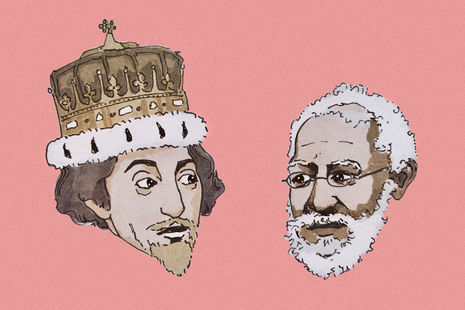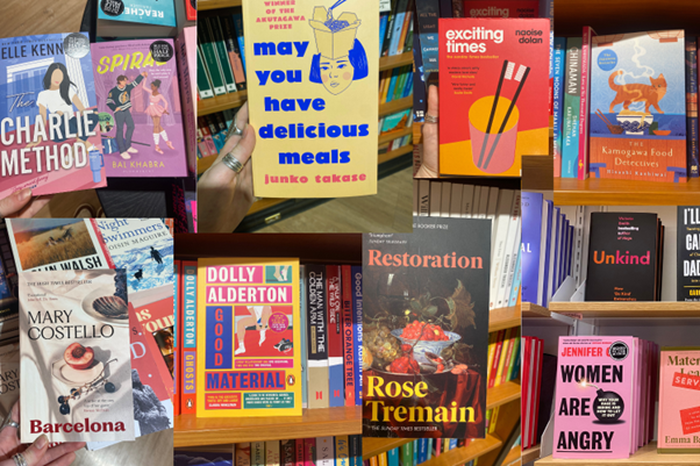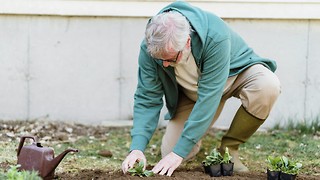A portrait is worth a thousand biases
Apeike Umolu reveals the hidden meanings behind portraits at Queens’

“Brunch is in Cripps Hall,” the porter tells us with a smile, a merry gang of hungry Cantabs making our way to the famed Queens’ College brunch. But dread surrounds the word ‘Cripps’ in Cambridge. It is an affront to everything we Cantabs hold dear – tradition, conformity, and, well, oldness. Whatever Humphrey Cripps may have intended by funding brutalist architecture across the city from the 1950s onwards, the towering 16th century figure of the Fifth Earl of Huntingdon (Henry Hastings) that greets you on entering Cripps Hall does much to counter it.
But despite the imperial crown and draping ermine donning the head and shoulders of Henry Hastings, the portrait oddly seems modern. A masterclass in image-making, the two-metre high painting has all the glam elements of an Instagram post. Hastings exudes the confidence of a man whose time at Cambridge imbued him with “a sense of lineage and the importance of honour”. He reminds us, as we chow down on our toast and fried eggs, that this is a place not merely of the rich, but of the confident, of those who demand attention.
“Such portraiture tells the striving Cantab that to make it onto the walls, she must dominate in every space”
Hastings sent the portrait to the college of his own volition; no one asked him to. And it hangs, I am told, because it is the only one large enough for the wall space – this says much about the self-confidence of the Cantab. The Cambridge student always has something to say; she huffs and puffs her opinions in coffee shops and classrooms alike. Why wouldn’t she when she is schooled in rooms lined with the likenesses of men whose countenance and dress scream an unadulterated confidence of self? Such portraiture tells the striving Cantab that to make it onto the walls, she must dominate in every space, she must catch and hold the attention of every room.
But not everything is as it seems. Despite the opulence of his flowing red robe-dress, Hastings was a poor man who struggled to make ends meet. Yet his image contributes to the pressure to be of consequence, hanging heavy on students while earls, masters, and queens literally hang over them as they dine. Many don’t feel like they belong to this world of crowns and ermine, I mean, who does? Like Hastings, they begin to perform their Cambridge identities. Gowns drape over dresses they can’t afford, and they grip tight to tickets to balls that almost bankrupt them. But, if we take Hastings as a guide, maybe being skint at Cambridge makes you more legitimate than you think.
Brunch done, we saunter over the Mathematical Bridge, and I look back at just the right moment to catch a glimpse of a once forgotten Cantab. Peeping out over the Cam, Alexander Crummell is fast becoming one of Queens’ most famous alumni. But you’d be forgiven for not knowing what he looks like: his portrait is not in an area accessible to students. This one hangs in the fellows’ common room on the first floor of Cripps Court. No crown, no ermine; Crummell dons the demure clothes expected of a clergyman. Looking at him you are reminded of Cambridge’s ascetic roots, an asceticism still encouraged by many a Tripos and PhD workload.
“The two portraits remind me that being in Cambridge requires a lot of courage”
Crummell represents that other side of the Cambridge archetype: the quiet genius. His civic and clerical activism was consequential – W.E.B. Du Bois named Crummell as his greatest inspiration in his seminal 1903 book The Souls of Black Folk. And his portrait only hangs because alumnus Henry Louis Gates insisted on it when he received an honorary doctorate in 2022. As such, Crummell’s portrait reminds us that Cambridge is a place for the quiet pioneers too.
But let’s not kid ourselves. His portrait also reminds us that Cambridge is not an easy place, and often not a welcoming one. There is something brutish in both of the portraits. Hastings pushed himself into the great hall on one side of Cripps Court, while Crummell was pulled in on the other side by Cantabs several generations later, but they only made it as far as the fellows’ common room. What this shows is that still today what you look like matters. White skin has a currency in Cambridge that black skin does not. The faces that adorn the walls say a lot about power, belonging, and the role of art in legitimating spaces.
Nonetheless, the two portraits remind me that being in Cambridge requires a lot of courage: either the courage to "don a red dress", that is, to push in, be heard, and be seen, or the courage to be authentic, to focus on impacting those around you in ways that will pay dividends for a hundred and fifty years. It is unfortunate that the red dress probably remains your best bet for snagging the best spot on the walls of a great hall.
Want to share your thoughts on this article? Send us a letter to letters@varsity.co.uk or by using this form
 News / Uni Scout and Guide Club affirms trans inclusion 12 December 2025
News / Uni Scout and Guide Club affirms trans inclusion 12 December 2025 News / Cambridge Vet School gets lifeline year to stay accredited28 November 2025
News / Cambridge Vet School gets lifeline year to stay accredited28 November 2025 Science / Did your ex trip on King’s Parade? The science behind the ‘ick’12 December 2025
Science / Did your ex trip on King’s Parade? The science behind the ‘ick’12 December 2025 News / Cambridge study finds students learn better with notes than AI13 December 2025
News / Cambridge study finds students learn better with notes than AI13 December 2025 News / Pembroke to convert listed office building into accom9 December 2025
News / Pembroke to convert listed office building into accom9 December 2025








